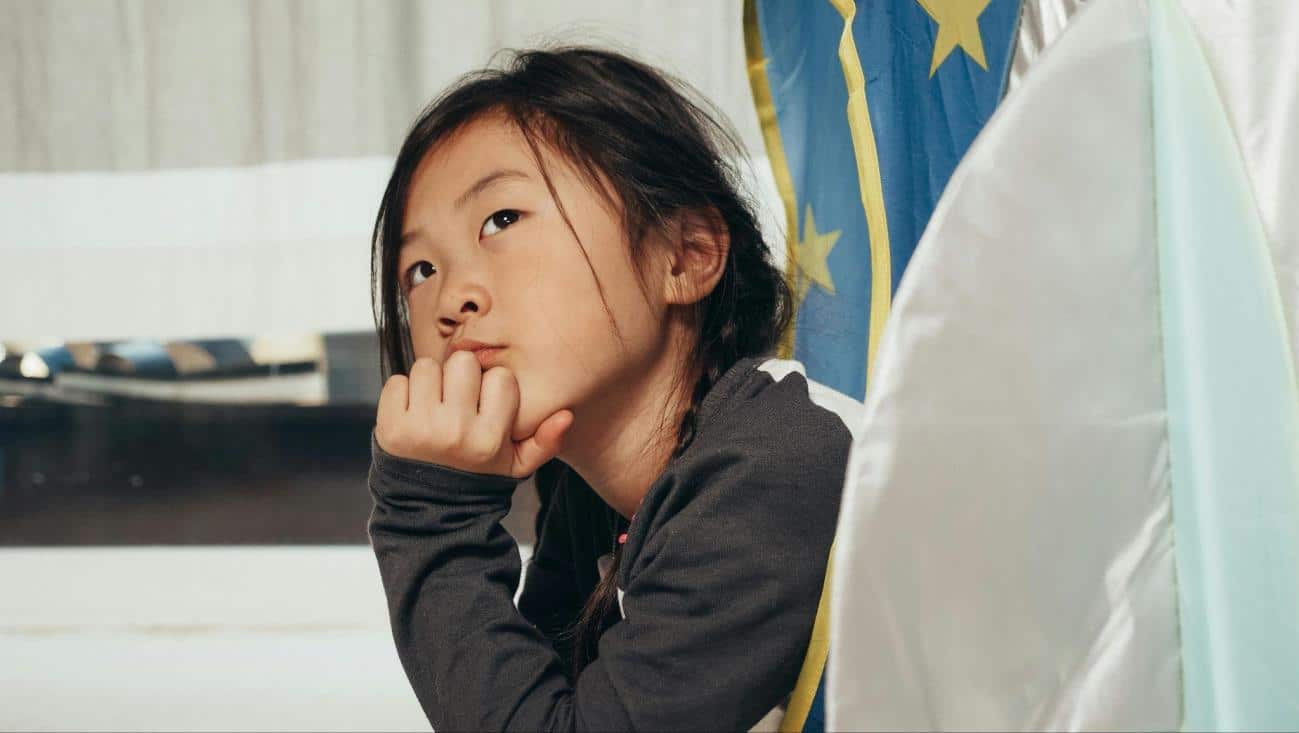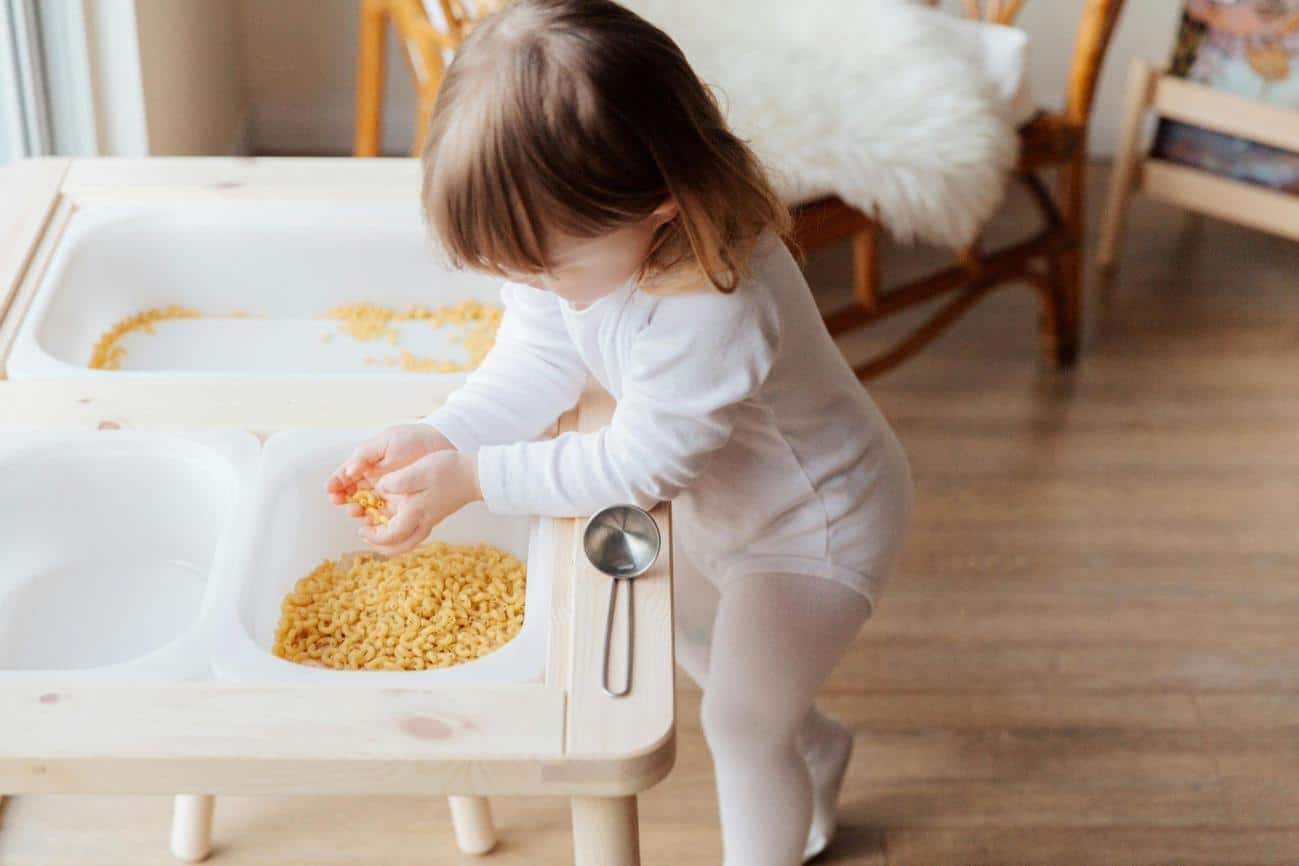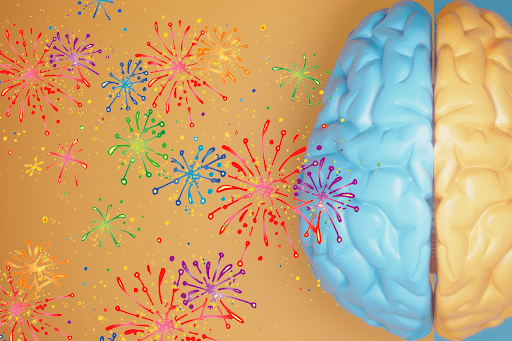
Right Brain Development Activities For Babies
Nurturing your baby’s right brain development is one way to help them reach their full potential. Here we explore simple right brain development activities for babies and right brain training for toddlers that you can incorporate into your family’s daily routine.
Table of Contents
We’ll also look at the benefits of right brain training flashcards and you’ll discover why speed flashcard learning is a foundational activity in the Shichida curriculum!
Right Brain and Left Brain Learning - What is the Difference?
The human brain is divided into the left and right hemispheres. Each hemisphere is responsible for different types of learning, thinking, and processing of information.
Understanding the differences between left brain and right brain development can help ensure that your child receives a well-rounded education by engaging in activities that stimulate both hemispheres.

Left brain learning is characterised by logical, analytical, and linear thinking, and it is responsible for skills such as language, mathematics, and critical thinking.
On the other hand, right brain training focuses on fostering creativity, intuition, and holistic thinking. The right brain is responsible for skills such as visual-spatial perception, imagination, and emotional intelligence.
Stimulating the whole brain through activities is essential because a balanced approach ensures that your child develops a broad range of skills and abilities.
By incorporating both left brain and right brain learning activities, you can help your child become a well-rounded individual, capable of thinking critically, solving problems, and expressing themselves creatively. This balance is essential for their future academic, social, and professional success.
The Importance of Right Brain Training
Right brain training for babies and toddlers develops various skills and abilities essential for a child’s overall growth, including:
Spatial awareness
Spatial awareness refers to a child’s ability to understand the relationship between objects in their environment.
Right brain development activities for babies, such as puzzles and block play, help develop this skill, which is crucial for tasks like reading maps, solving maths problems, and navigating physical spaces.
Creativity
Creativity involves generating new ideas, making connections, and expressing oneself uniquely.
Right brain training activities for toddlers like art, music, and imaginative play, encourages children to explore their creative side, which is essential for problem-solving and self-expression.
Emotional intelligence
Emotional intelligence is the ability to recognise, understand, and manage one’s emotions and empathise with others.
Right brain training activities like storytelling and talking to your baby help develop emotional intelligence, this is vital for building strong relationships and navigating social situations.
Imagination
Imagination is creating mental images, ideas, or scenarios not present in reality. Engaging in right brain activities like storytelling and imaginative play stimulates a child’s imagination, building skills for creative problem-solving and envisioning possibilities.
Listening skills
Listening skills involve the ability to receive and interpret verbal messages accurately. Right brain education flashcards and right brain training activities like storytelling help develop these skills, which are crucial for understanding and processing information and effective communication.
Problem-solving abilities
Problem-solving abilities involve identifying and overcoming challenges by generating solutions. Right brain training flash cards and activities, such as puzzles and imaginative play, help build a foundation for your child’s academic success and everyday life.
Focus and attention
Focus and attention refer to a child’s ability to concentrate on a task or stimulus for an extended period. Right brain activities like sensory play and art help develop focus and attention, which are necessary for learning and completing tasks successfully.
Right Brain Development Activities for Babies
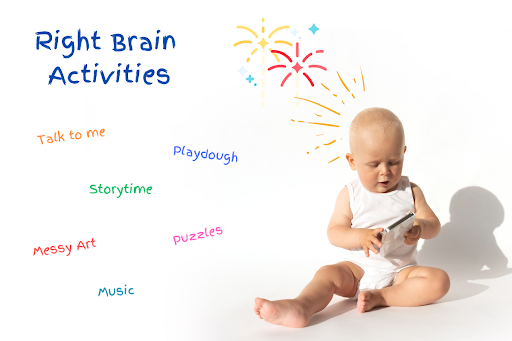
Let’s take a look at some great activities that you can incorporate into your baby’s daily routine to encourage right brain development:
Talk to your baby
Even before they can speak, engaging in conversations with your baby helps stimulate their right brain development and language skills.
- Stimulates imagination
- Enhances listening skills
- Boosts emotional intelligence
- Supports language development
The study Infants’ brain responses to speech suggest Analysis by Synthesis by the University of Washington found that babies exposed to more adult speech improved language comprehension and production.
Engage in sensory play
Engage your baby’s senses by providing a variety of textures, colours, sounds, and smells.
- Encourages curiosity
- Develops sensory awareness
- Fosters cognitive growth
- Enhances focus and attention
Texture exploration
Provide your baby with a variety of materials, such as soft fabrics, textured balls, and sensory mats, to explore different textures and stimulate their sense of touch.
Scented playdough
Create homemade playdough with natural scents like lavender, vanilla, or cinnamon, allowing your baby to engage their sense of smell while also developing fine motor skills through kneading and shaping the dough.
Read stories
Reading or telling stories to your baby helps develop their imagination and listening skills.
- Boosts imagination
- Improves listening skills
- Enhances vocabulary
- Supports emotional development
Our engaging Speak Up Stories picture books help little ones become familiar with English words as you read aloud to them.
Play with puzzles
Age appropriate puzzles can nurture right brain learning in various ways.
- Spatial awareness
- Problem-solving
- Creative thinking
- Persistence and focus
Cho Cho Ban is a puzzle suitable for a range of ages and encourages problem-solving, dexterity and fine motor skills. Stacking Cups are another simple activity to encourage spatial awareness.
Encourage dancing movements and play music
Introduce your baby to different types of music and encourage them to move and dance to the rhythm.
- Enhances creativity
- Develops motor skills
- Boosts emotional expression
- Improves rhythm and coordination
Explore our range of fun, educational music which covers themes like counting, alphabet and everyday activities.
Get messy with art and craft activities
Encourage your baby to explore art materials such as finger paints, crayons, and play dough.
- Fosters creativity
- Builds fine motor skills
- Encourages self-expression
- Cultivates focus and patience
Finger painting
Set up a safe, easy-to-clean space for your baby to explore colours and textures through finger painting. Use non-toxic, washable paint and large sheets of paper. This activity encourages sensory exploration, creativity, and fine motor skill development. In addition to this, it also allows your baby to experience the joy of making art with their hands.
Encourage imaginative play
Provide your baby with toys to encourage imaginative play, such as dolls, action figures, or toy animals.
- Stimulates imagination
- Develops storytelling skills
- Enhances problem-solving abilities
- Promotes social and emotional growth
As your child grows older, you can introduce right brain training for toddlers simply by adjusting the types of activities we’ve mentioned above to their age group.
Right Brain Education Flashcards
Right brain education flashcards are a fantastic way to support your child’s right brain development. These flashcards usually contain bright, high-contrast images, patterns, or words to stimulate your child’s visual and cognitive abilities.
Right brain training flashcards stimulate visual perception, pattern recognition, and memory retention. The rapid presentation of images on flashcards means babies process the information quickly.
Notably, this type of learning encourages the brain to make connections and recognise patterns faster, ultimately fostering cognitive development, creativity, and intuition.
How flashcards can benefit preverbal babies
Even if your baby isn’t speaking yet, right brain educational flashcards can still benefit their cognitive and language development.
Here’s how flashcards help preverbal babies:
Visual stimulation: Presenting flashcards to babies exposes them to different colours, shapes, and patterns, stimulating their visual senses and helps develop their visual perception skills.
Early language development: Babies may not speak, but they can still absorb information and learn from their environment. Introducing flashcards helps them become familiar with various objects, animals, and concepts, laying the foundation for vocabulary and language comprehension.
Memory and recognition: Using flashcards consistently helps babies practise their memory and recognition skills. As they become familiar with the images on the cards, they start to remember and recognise them, contributing to cognitive development.
Attention and focus: Flashcard sessions require babies to pay attention to the images being presented. This helps develop their attention span and focus, which are essential for learning and processing information later in life.
Bonding and interaction: Engaging your baby in right brain education flashcard sessions also provides bonding and interaction opportunities.
As you present the cards and discuss the images, you create a shared learning experience that strengthens your connection with your baby.
Flashcard learning tips for babies and toddlers
Here are some tips for using right brain education flashcards with your baby or toddler:
Start early: The ideal time to Introduce flashcards to your baby is from 6 months of age. This helps establish a foundation for learning and cognitive development from a young age.
Keep it fun: Make the flashcard sessions enjoyable and interactive by using different voices, expressions, and gestures. This will keep your child engaged and interested in the learning process.
Be consistent: Use the flashcards consistently and frequently to help reinforce the information and develop your child’s memory and concentration skills.
Adapt to your child’s pace: Adjust the speed at which you present the flashcards to suit your child’s attention span and comprehension level.
Combine flashcards with other activities: Integrate flashcard sessions with other right brain development activities, such as storytelling, music, and art, to provide a well-rounded learning experience.
Choose age-appropriate content: Select flashcards suitable for your child’s age and developmental stage. This ensures that the material remains both engaging and relevant to their learning needs.
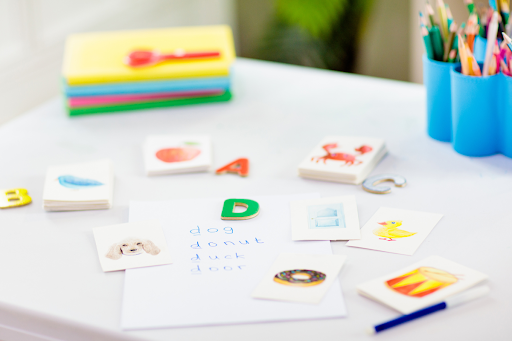
Shop our range of early learning flashcards and discover more resources to help you guide your child towards a bright and fulfilling future.
